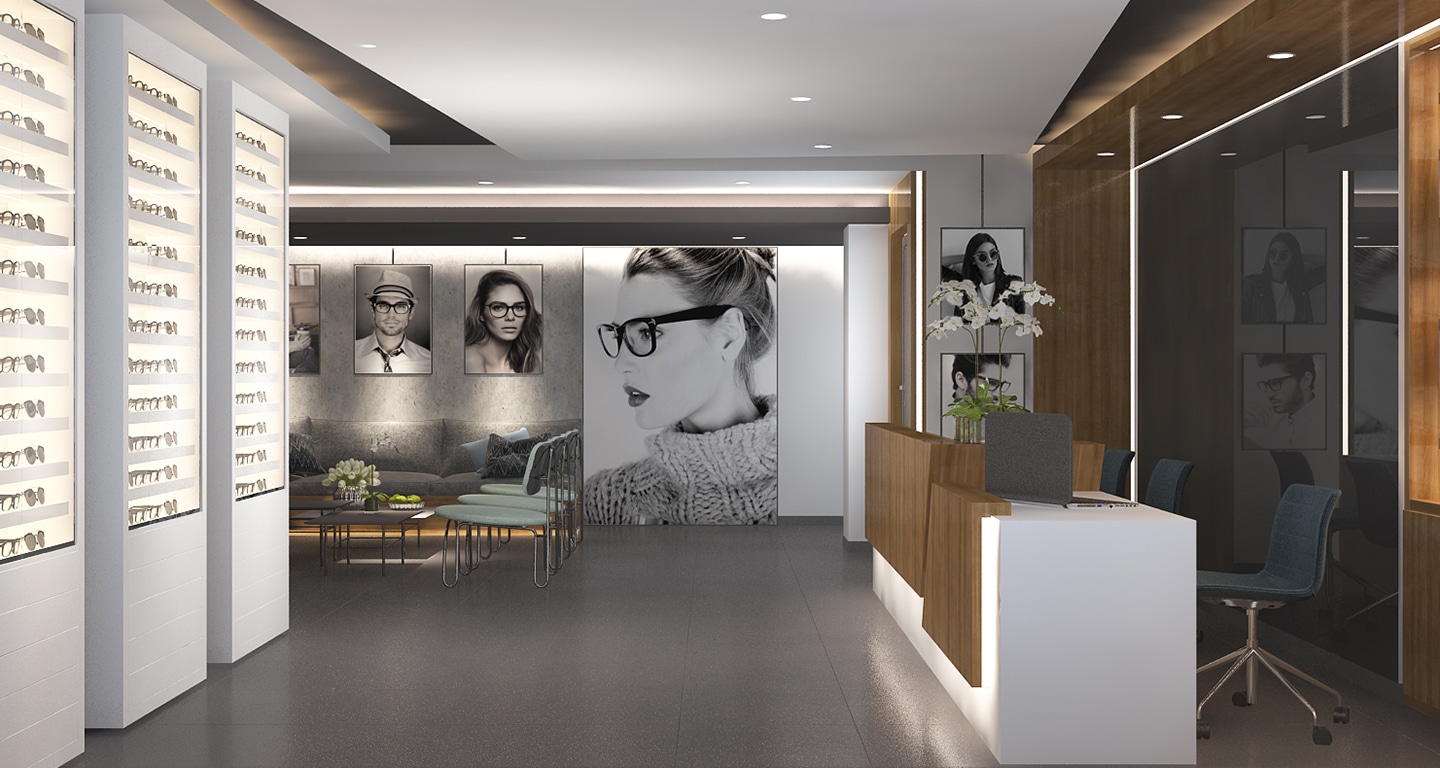Glaucoma Treatment Options
February 21, 2024

January is Glaucoma Awareness Month, which is a great opportunity to shed some light on glaucoma and the importance of regular eye exams. Over 3 million Americans have glaucoma, which is often called the “silent thief of sight” due to the lack of symptoms. This is why regular eye exams are vital to check for signs of glaucoma and safeguard your vision.
What is Glaucoma?
Glaucoma is a disease that may cause damage to the optic nerve in your eye. There are two main types of glaucoma, including open-angle and closed-angle.
Open-angle glaucoma is the most common form. It occurs gradually when the eye does not drain fluid like it should. This results in pressure build-up which can damage the optic nerve. With open-angle glaucoma, there are no warning signs or obvious symptoms, which is why regular eye exams are so important.
Closed-angle glaucoma occurs when the iris is very close to the drainage angle in the eye and can block it. This can cause eye pressure to rise very quickly, which is known as an acute attack. Acute attacks are considered an emergency, as they may cause blindness. If you are experiencing sudden blurry vision, severe eye pain, headache, nausea, or see rainbow-colored rings or halos around lights, contact your ophthalmologist right away.
Glaucoma Treatment Options
When it comes to glaucoma, there are a variety of treatment options, including the following.
Medications
Open-angle glaucoma may be treated with medications that help the eye’s fluid drain better or decrease the amount of fluid that is produced; these are often in eye-drop form. These medications must be taken daily to keep the eye pressure at a safe level. Over time, your body may develop a tolerance for medication, and prescription levels may change.
Laser Surgery
Selective laser trabeculoplasty (SLT) is a common treatment for open-angle glaucoma. It is an outpatient procedure performed in the ophthalmologist’s office. This option may also be effective for those already taking eye drops. SLT uses low levels of laser light to improve the drainage of intraocular fluid. This improved draining can help to lower eye pressure in individuals for 2-3 years or longer. Treatment takes about 5-10 minutes to complete. Patients should take it easy for a day after this procedure before returning to their regular routine.
Incisional Surgery
If glaucoma medications and SLT do not lower eye pressure, incisional surgery may be required. This procedure is performed in a surgery center or hospital under local anesthetic. There are several different incisional surgeries to treat glaucoma, including trabeculectomy surgery, aqueous shunt surgery, and MIGS.
During trabeculectomy surgery, a small surgical instrument will be used to create a small opening in the white of the eye (the sclera). This opening allows intraocular fluid to drain. During aqueous shunt surgery, a small tube is placed in the eye to drain fluids. MIGS (minimally invasive glaucoma surgery) includes microsurgical instruments and devices that create smaller incisions to manipulate eye tissues with less risk of complications. MIGS procedures may enhance fluid outflow within the eye’s drainage system or carry fluid outside of the eye. Your ophthalmologist can discuss MIGS treatment options with you.
There is some recovery time associated with incisional surgery, though most patients can return to their normal activities soon after going home. An eye patch may need to be worn to protect your eye.
Contact Us Today
To learn more about glaucoma treatment options, please contact Anh Nguyen Ophthalmology in Falls Church, VA (location). Our team of skilled providers is dedicated to supplying professional, timely care to each of our patients.




